In the infancy of the automobile age, when most Americans were still relying on horses and carriages, a peculiar event occurred in Ohio that would go down as one of the most ironic moments in early automotive history. The year was 1895. There were reportedly just two cars in the entire state of Ohio, and yet, incredibly or perhaps inevitably those two cars managed to collide.
It sounds like the setup to a joke, but this bizarre incident would become a symbol of America’s uneasy but unstoppable transition from horse-drawn carriages to motorized vehicles.
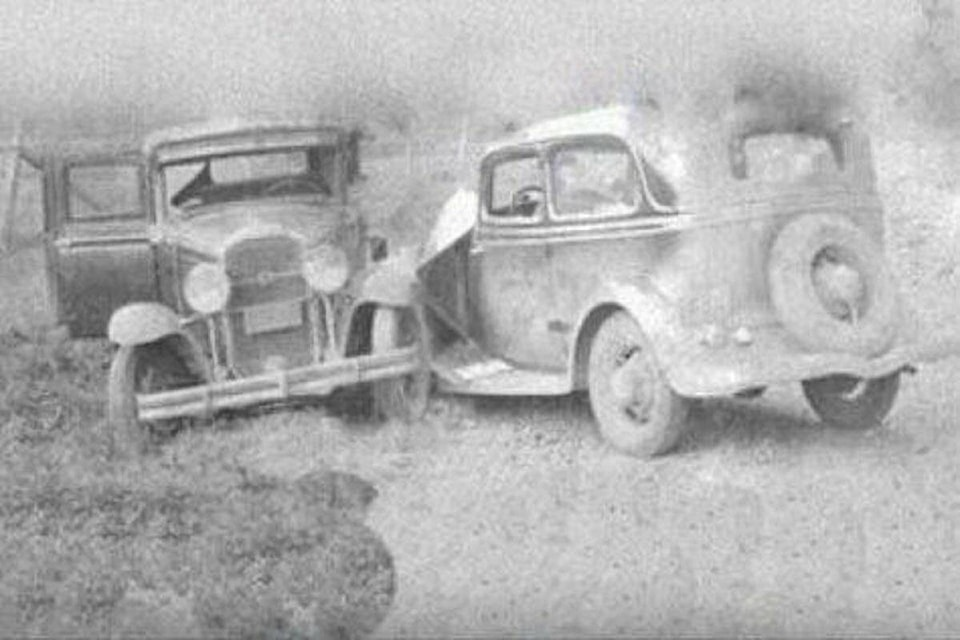
A Collision That Defied All Odds
At a time when paved roads were nearly nonexistent and automobiles were an oddity more than a norm, the chance of two cars encountering each other was minuscule. The fact that these two rare machines in Ohio not only found each other but crashed was almost comical. But it happened.
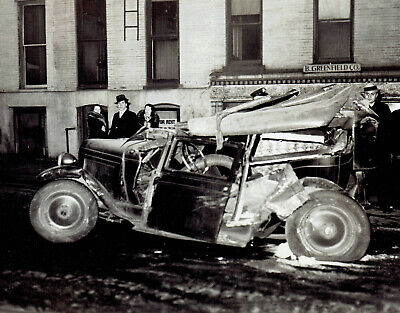
Details are sparse historical records from the time aren’t always precise but the story has lived on as part of the folklore of America’s early automotive era. The collision, likely a low-speed bump compared to modern accidents, didn’t result in fatalities, but it did raise eyebrows and prompt a lot of questions about road safety, traffic laws, and the future of transportation.
Video:
FACT CHECK: Viral Photo Shows Accident of Only 2 Cars in Ohio, USA in 1895?
The State of Transportation in 1895
To understand the full weight of this odd crash, you have to go back to the America of the late 19th century. In 1895, the majority of people in the U.S. had never even seen a car, let alone driven one. Horses were still the dominant form of transportation, whether pulling wagons, buggies, or delivering goods.
The automobile was still a new concept a machine for tinkerers, inventors, and the wealthy. Most early cars were handmade, loud, and unreliable, yet they promised a kind of freedom that couldn’t be matched by horse-drawn travel.
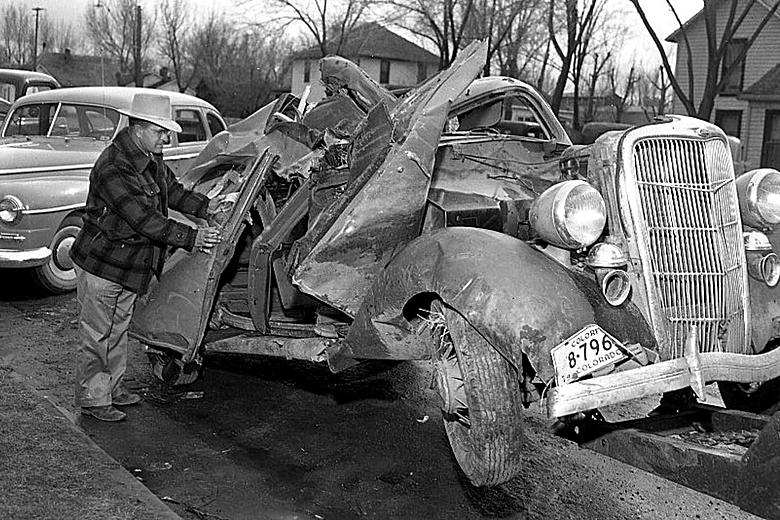
Ohio, like many other states, was slowly witnessing the creeping advance of industrial innovation. The railroads were booming, factories were humming, and in garages and barns, inventors were experimenting with engines, wheels, and frames all in pursuit of the next big thing.
From Laughable Incident to Cultural Turning Point
While the crash of two cars in a state with only two cars might seem laughable on the surface, it became a strange yet powerful marker of change. This was no longer a world where transportation was predictable. Machines had entered the picture machines that didn’t tire, didn’t eat oats, and didn’t respond to reins.
And with machines came new rules. New risks. New infrastructure needs. What roads would they use? Who had the right of way? Who was liable in a crash especially when the technology was barely understood?
Video:
Car Crashes Caught On Camera – 1930’s Accident Compilation – CharlieDeanArchives / Archival Footage
This crash helped spark the beginning of traffic laws in the U.S., and more importantly, it ignited conversations about how society should adapt to a future dominated by machines rather than horses.
Symbolism of the Ohio Crash
Some historians and transportation scholars look at the 1895 Ohio crash as symbolic. It’s the moment when America’s love-hate relationship with the automobile began. On one hand, cars represented innovation, speed, and independence. On the other, they were loud, dangerous, and disruptive to the order of things.
In this light, the crash wasn’t just an accident it was an omen. A humorous, clunky omen that said, “This is only the beginning.”
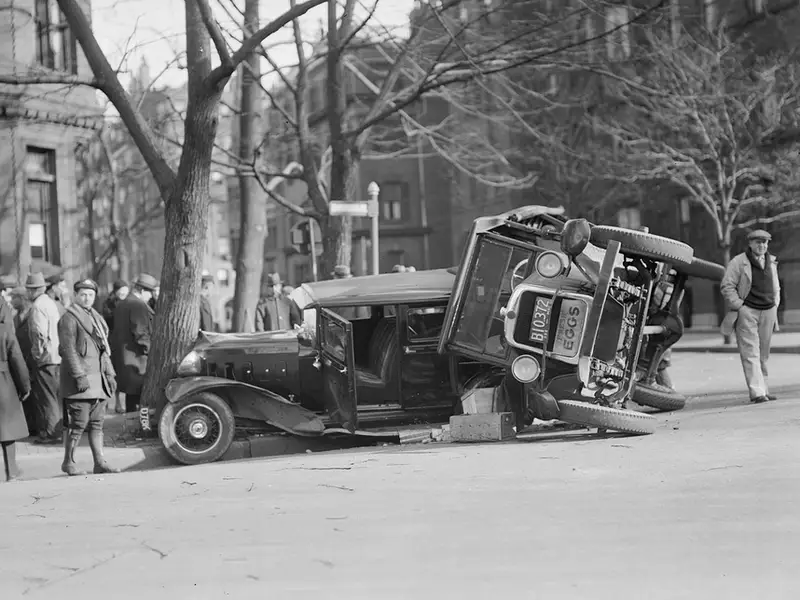
Legacy and Lessons Learned
Today, we have millions of cars on the roads, intricate highway systems, and a traffic culture built on over a century of rules, signs, and etiquette. But it all had to start somewhere. That start came with steam-powered contraptions, risky experiments, and yes even the most improbable car crash in American history.
The story of Ohio’s two-car crash serves as a reminder that innovation doesn’t come without mishaps. Even in the earliest stages, there are growing pains. Missteps. And sometimes, literal fender benders.
But what came after? A transportation revolution. And it all began with two adventurous drivers, two curious machines, and one unforgettable moment in 1895 Ohio.
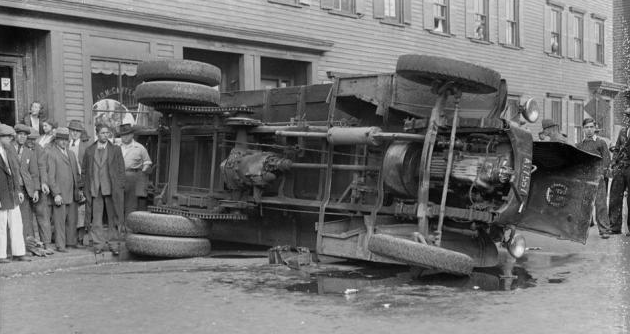
Conclusion: The Day Cars Changed Everything
It’s fascinating how a simple accident involving just two vehicles managed to become part of American lore. While no one at the time could have imagined highways, Teslas, or self-driving cars, the Ohio crash was a small spark that hinted at the automotive wildfire to come.
In hindsight, the collision wasn’t about bad luck it was about the inevitable clash between the past and the future. And in 1895, the future was coming faster than anyone could have imagined.


